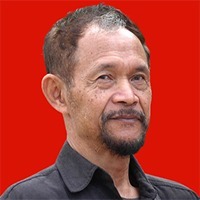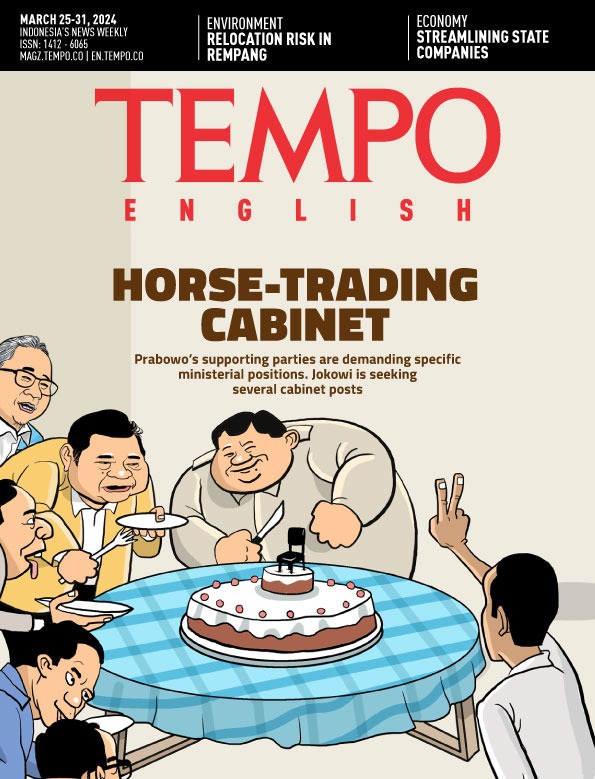Towards
Monday, October 19, 2020
arsip tempo : 171352467994.

This is how we contemplate worldly phenomena: “Like a dream, an illusion, a bubble, a shadow, /Like dew or a flash of lightning”
—Vajracchedikā Prajñāpāramitā Sūtra
For 10 hours straight beginning at two in the afternoon, we joined a blackboard, chalk and annica: the artist Ugo Untoro drawing. A digital invitation had already been circulated explaining: Through this drawing project on ten blackboards for ten hours
...
Subscribe to continue reading.
We craft news with stories.
 For the benefits of subscribing to Digital Tempo, See More
For the benefits of subscribing to Digital Tempo, See More









